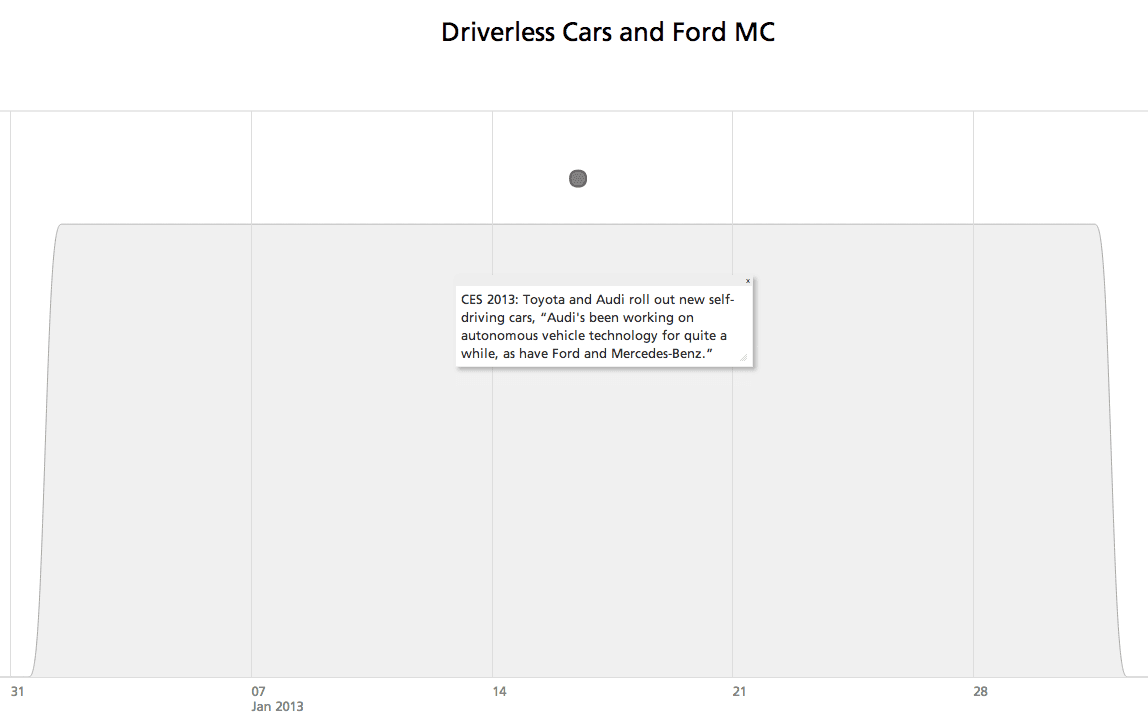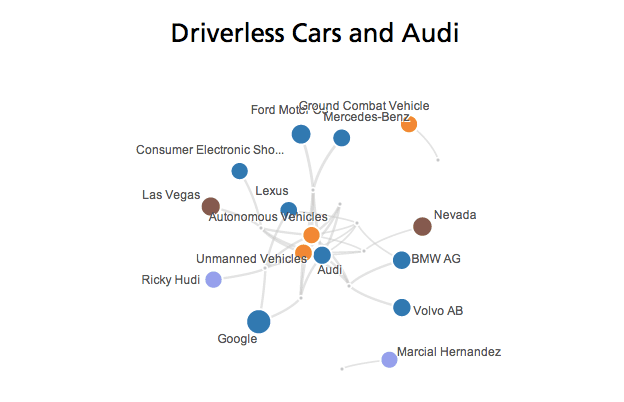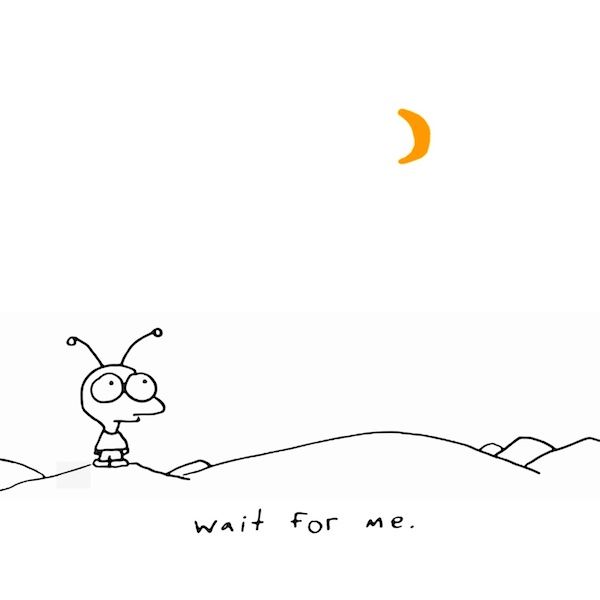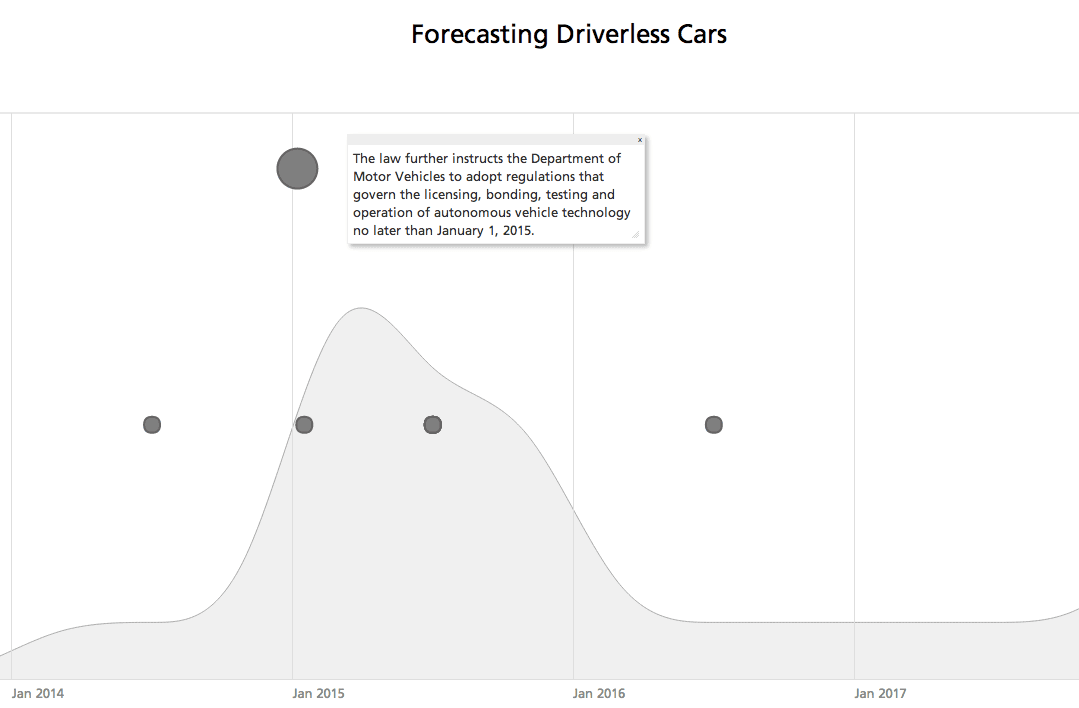The Dawn of the Driverless Car: A Horse of a Different Color
I know this may be something that disturbs your dreams of freedom but let’s face it, sooner or later the driverless car will be here and you have to admit, today, your microwave oven has proven to be better behind the wheel than many drivers that currently share the roads with you.
There is a ton of passion around cars, but if you look carefully and beyond the _ Car and Driver_ readers there is a vast majority of people who simply do not give a damn about the so called “joy of driving.” They would feel relieved and pleased if they could be driven somewhere while they arrange their next schedule, talk by phone, write an article or, yes, just could take a nap while KITT drives them home.
Driverless Cars? It’s Just a Matter of Who and When
Driverless car technology exists. The pieces just need to be put together. The whole scenario is getting closer and closer, and when it finally arrives it may be the greatest technological jump in the last 100 years.
We have automotive giants who have been around for decades, if not centuries, claiming CES after CES “we are working on it.” Actually, some of them have already put clever ideas on the table.
For example, there’s the Toyota Intelligent Transport System, a decentralized (so resilient) computer grid/network to manage and plan each cars routes and status at a massive scale.
It’s also true all the giants have already developed and successfully implemented many of the necessary sensors to feed a driverless car brain: radars, dynamic cruise controls, driver monitoring, pedestrian detectors. So you’d assume they should be close to bringing all these things together with a super intelligent neural-network based algorithm and say, “Here is your KITT buddy-car, Sir. Try it at your closest dealership.”
Right? That’s not too much to ask.
Well, let’s roll the dices of fate and ask Recorded Future who is going to surprise us first.
Will it be Ford MC?
 Well, it does not seems very likely but… who knows? Maybe they are going to surprise everyone… or maybe they will remain as classic human-driven cars for vintage lovers who could play with their mechanical toys at private circuits isolated from the automatically managed cloud of cars outside.
Well, it does not seems very likely but… who knows? Maybe they are going to surprise everyone… or maybe they will remain as classic human-driven cars for vintage lovers who could play with their mechanical toys at private circuits isolated from the automatically managed cloud of cars outside.
Will it be Audi?

They have already made it. In the “I, Robot” movie, do you remember Mr. Smith using a driverless car? Well, seriously, the German automaker looks better positioned than Ford MC but don’t look like THE main actor to me. Let’s keep digging.
Will it be Mercedes-Benz?
They have invented everything on wheels for a century, they invented the car! (The first petrol-powered car at least.)
 I thought we were getting warmer until I read:
I thought we were getting warmer until I read:
“This year with the new S-Class and E-Class we are able to demonstrate how perfectly we are positioned [to be the first with a self-driving car],” said Mercedes-Benz head of research and development, Professor Thomas Weber.
The professor’s statement immediately brings this image to my mind:

This is not a sensor problem, this is a horse of a different color. This is about being able to process, in real time, several different inputs which can be totally unpredictable and noisy. This about fuzzy logics and neural-networks, this is about making it possible in real-life conditions.
So yes, this is a data management issue… a BIG DATA problem.
By accepting the statement above we should start looking somewhere else.
Is Google the Early Leader in Driverless Car Technology?
If you have been fully operational and connected for the last five years then it’s almost impossible you’ve never heard about a Google Mapping Car.
(That’s where Google gets the Street View on their maps.)
Google started using them for mapping purposes but, at the same time, those cars collected tons of data about road conditions, building up the biggest amount of raw data to feed and train the automated pilot of the future.
So it’s no surprise in August 2012 Google announced they had successfully driven 300,000 miles with their supervised driverless cars.
No accidents, no crashes, and zero injuries. All in absolutely real-life conditions using driverless car technology.
They are 300,000 miles ahead everyone else. They have reached the moon while the auto industry is still trying to understand the science beyond fuel and rockets.
Will Google be the next player in the car making arena? Google said they have no plans for making cars but nobody said nothing about investing in a new car manufacturing company and share their solution to the driverless problem with them.

“The industry was operating under two false premises,” Musk said. “One, that you could not create a compelling electric car. And two, that no one would buy it.”
I would say the car making industry has been operating on two other false premises about driverless cars. One, that you could not create a compelling self-driven car. And two, that no one would buy it.
Google has already proven the first premise is already solved. Costs are just a matter of time, and I’m sure someone who has already solved both the electrical vehicle costs AND the spaceships costs equations can solve this one in a blink of an eye.
The second one relies on our fears, our faith weakens when we should put our lives in the machines hands but we already do that when we jump into a plane or accept a cardiac implant. I think Mr. Musk has been wondering about this particular issue, which is nothing but a marketing problem:
“I like the word autopilot more than I like the word self- driving,” Musk said in an interview. “Self-driving sounds like it’s going to do something you don’t want it to do. Autopilot is a good thing to have in planes, and we should have it in cars.” (USA Today)
Now, let’s forecast driverless car technology with Recorded Future’s web intelligence software.
 And just for fun, I’ll roll the dices with Apple.
And just for fun, I’ll roll the dices with Apple.

OK, that’s not fair but I could not resist. No one said making intelligent cars was Apple’s duty… and despite that they actually have something very important to say.
Tim Cook said, “Anki uses iOS devices and the iOS platform to bring artificial intelligence and robotics into our daily lives.”
Implications: An open standard will be needed to put EVERYTHING in its place.
The mapping-geolocating wars which are going on these days between Google, Apple, Facebook, Yelp, Waze, Foursquare, etc. could be positive for a while but in the long term it becomes a sterile scenario that turns into an opportunity for the raise of the fragmentation.
Places, opinions, and people are geographically and virtually isolated by different services and we have already seen enough sci-fi forecasts showing evidence driverless cars will need Augmented Reality and customer personalization at the same time.
Of course this is not necessary for making driverless car technology a reality but once we get there it will become more obvious how big the demand for those services will be and how difficult they become to build. Nowadays under the current disgregation of information it is an apocalyptic scenario for any programmer, a beautiful but unreachable dream.
In the same way we already have CalDAV and CardDAV protocols to sync our calendars and contacts regardless of the platform we are working on, there will be an emerging need on the horizon to sync all of us with the world, and make everybody and everything part of a distributed network that constantly reshapes itself like a high-efficient flock.
Imagine an open protocol who categorize entities by their nature: physical person, organization, product, or service. And the way they are related to others: social spheres, ownership, user, service provider/worker… and yes, their location. An open standard for sharing and managing all the entities that physically or abstract will have the power to set free the whole industry off the chains of the limitations of ideas and procedures, to bring closed-ecosystems up to a new battle arena far more interesting and beneficial: to become the best entity managing providers of an open and vast ocean of dots.
The internet of cars? Yes but not limited to. A new internet where everything in this world could be efficiently located both in its physical and conceptual existence.
Welcome to the dawn of the hive mind! Driverless car technology is here and soon the automotive industry will get the “green light” to begin consumer construction. Oh, don’t be afraid, you’re going to be just fine.\
Note: The Recorded Future visualizations used in this article are based on the "Driverless Trucking" report made by the Recorded Future user "bradford" and the report "Future of the Auto Industry" made by Recorded Future user "Baloo".
Related
